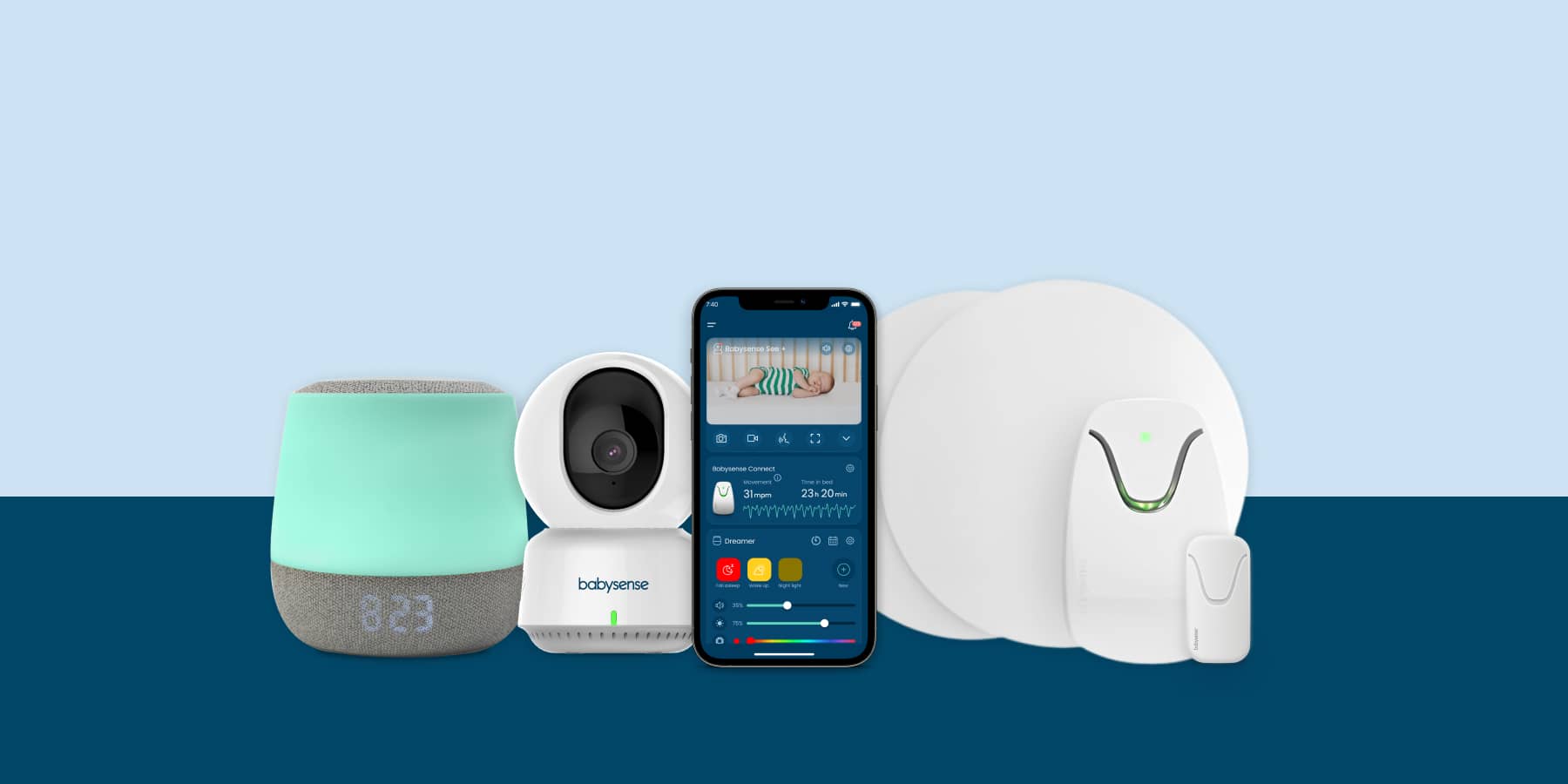Babies function best with a routine. But this concept is easily abused and taken to the extreme. Like you, your baby has an in-built time clock and physical needs; however these needs differ substantially from yours. Where you only need eight hours sleep a night, your baby needs anywhere from 18 or 20 hours (for a newborn) to 14 hours (for a toddler), per 24 hour cycle.
Where your baby’s sleep habits differ most from yours is that he has periods of time we call awake times, which are periods of time in which he can be happily awake. During this time he will be happy and interactive, learning from his environment. If this period is stretched, in other words your baby is kept awake for longer than his ideal awake time, he will become needy, easily over stimulated and generally irritable. In addition to this he will not naturally fall into a sleepy state and thus will be more difficult to get to sleep.
Where rigid, prescribed routines go wrong is that a baby is forced to sleep at his mother’s convenience or at a predetermined time each day. If this time happens to be before his awake time is up, he won’t want to fall asleep. But more commonly it is once he is overtired and the natural lull in his states has been missed. So being overtired and needy he is significantly more difficult to get to sleep.
An example of a rigid routine that is a recipe for an irritable baby and highly anxious mother is one where a two week old baby must have a morning sleep at 9am, having woken at 7am. This would mean he must stay awake for two hours. The ideal ‘awake time’ for newborns is an hour at the most. Waiting two hours, just to stick to a predetermined time makes no sense, as newborns literally can’t cope being awake this long. Furthermore, the baby may have woken at 6am in which case it would be a three hour stretch which is a recipe for a very irritable baby.
A baby-centric approach would be to have the guidelines of ‘awake time’ for each developmental age, as found in Baby Sense and then more importantly to learn to read your baby’s signals. Practically this would entail watching the clock to see what time your baby wakes and then make sure to watch that your baby goes down according to his ‘awake times’. In addition to this you should watch for your baby’s own signals. Signals that a baby is tired include rubbing eyes, sucking hands, touching ears, looking into space, drowsy eyes or many other self-soothing strategies. When your baby shows the signs of drowsiness, he should be put down to sleep.
In this way, your baby dictates his sleep times in two ways: firstly according to developmental norms and then according to his own capacity for interactions, by signaling when he is tired. Being tuned to your own baby’s needs will help you to put her baby down more easily and in that way establish healthy day sleep routines.
By Meg Faure








